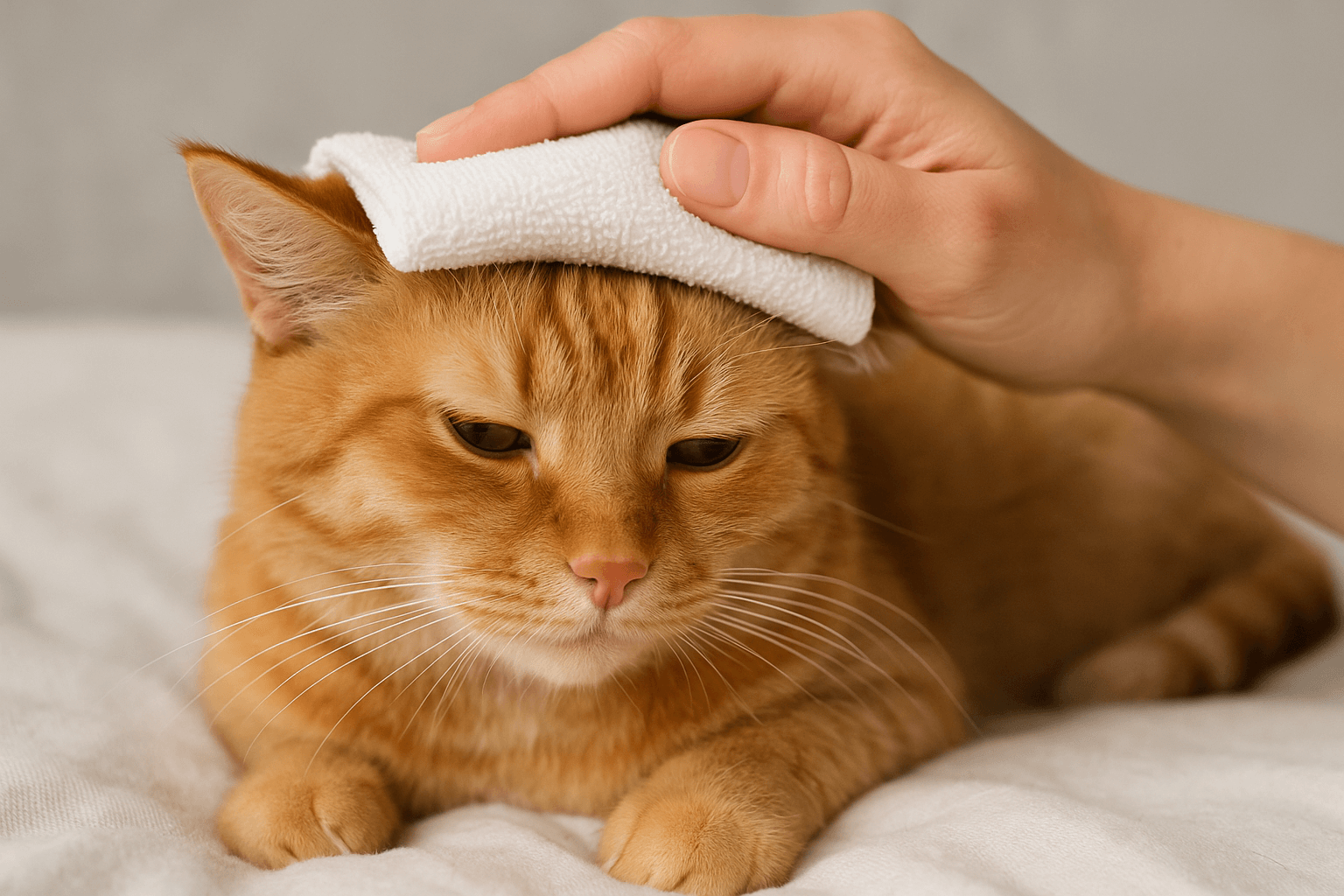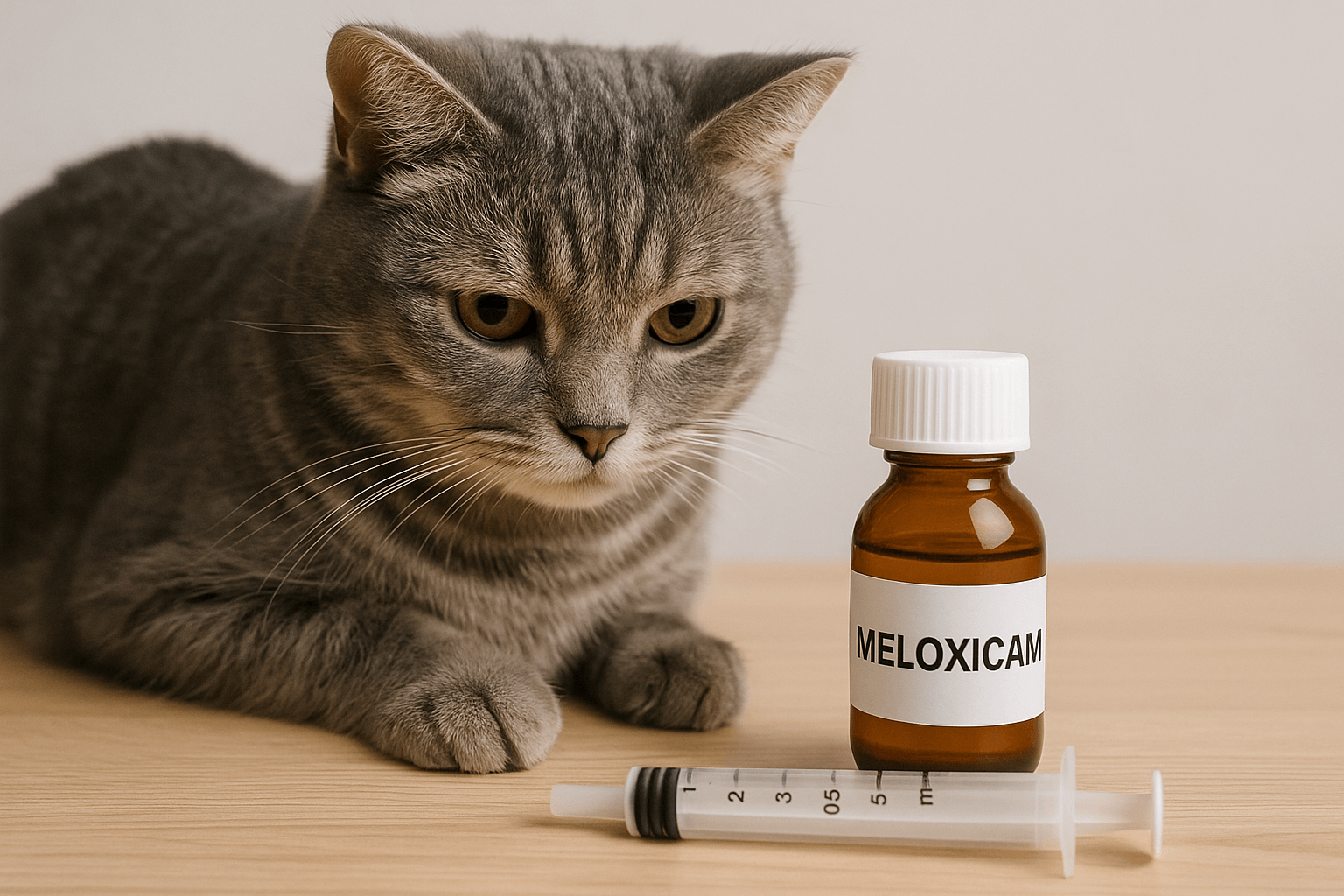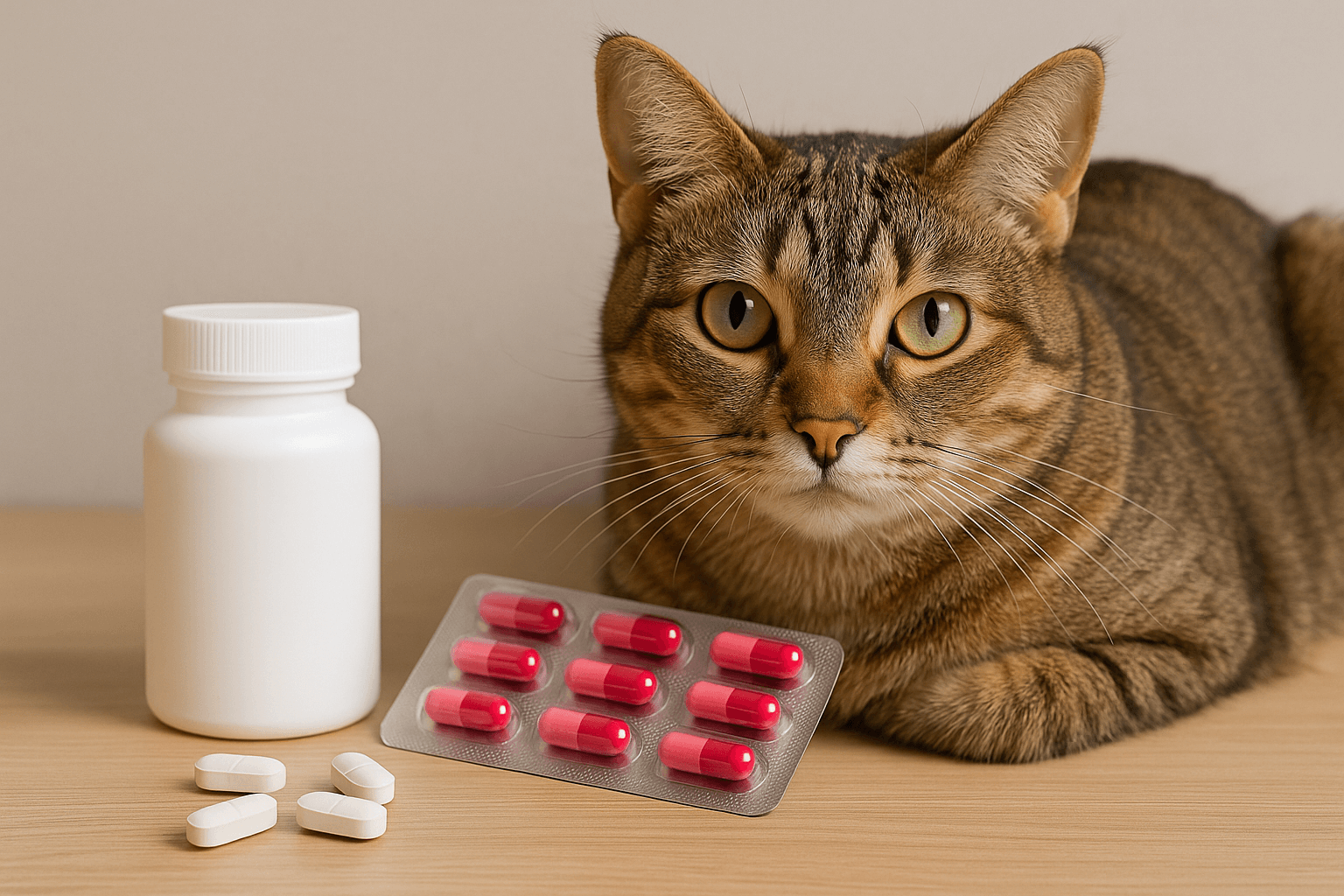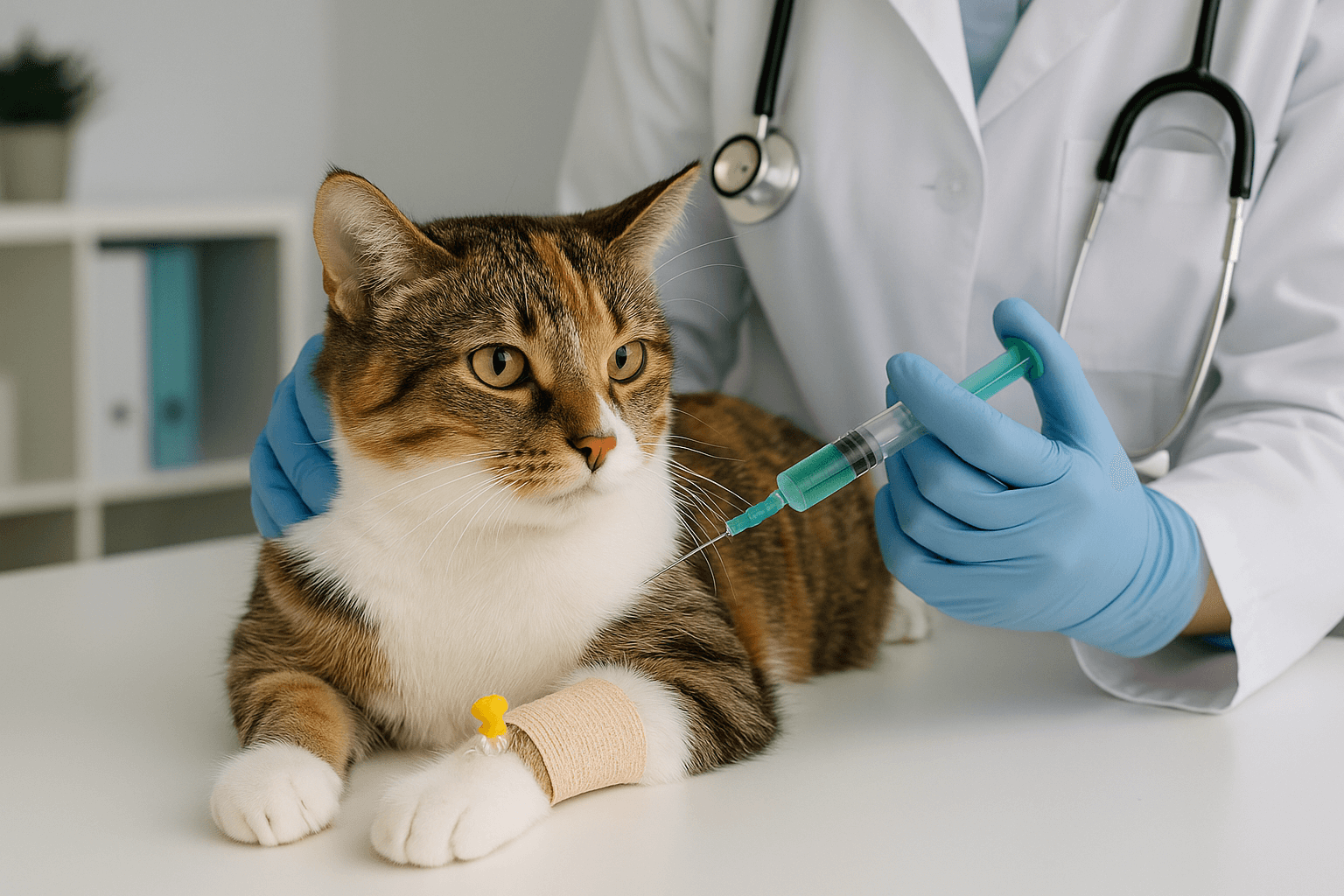Can Dogs Eat Horse Treats?
When it comes to treating our furry friends, many pet owners wonder whether horse treats are safe for dogs. While horses and dogs have vastly different dietary needs, some horse treats may seem appealing due to their natural ingredients like oats, apples, or carrots. However, not all horse snacks are suitable for canine consumption. Understanding what makes certain horse treats safe or unsafe is crucial to ensure your dog’s health and well-being. In this blog post, we’ll explore the potential risks and benefits of feeding horse treats to dogs, provide guidelines for safe choices, and offer alternatives that satisfy your pup’s cravings without compromising their health.
Potential Risks of Feeding Horse Treats to Dogs
While some horse treats may be harmless, others can pose significant risks to your dog’s health. Being aware of these dangers helps you make informed decisions about what your dog eats.
High Sugar Content:
Many horse treats contain added sugars, which can lead to obesity, dental issues, and even diabetes in dogs over time.Unsuitable Ingredients:
Some horse treats include additives or flavorings that are safe for horses but harmful to dogs, such as molasses or artificial sweeteners.Choking Hazards:
Larger-sized horse treats may be difficult for smaller dogs to chew properly, increasing the risk of choking.Allergic Reactions:
Certain ingredients commonly found in horse treats, like wheat or oats, could trigger allergies or sensitivities in sensitive dogs.Digestive Upset:
Foods formulated for horses may disrupt a dog’s digestive system, causing symptoms like vomiting or diarrhea.
These risks highlight why caution is essential when considering sharing horse treats with your dog. Always prioritize their safety over convenience.
Benefits of Safe Horse Treats for Dogs
If chosen carefully, some horse treats can offer nutritional benefits for dogs while serving as an occasional snack. Here’s how certain options might align with your dog’s dietary needs.
Natural Ingredients:
Horse treats made from wholesome ingredients like oats, carrots, or apples can provide fiber and vitamins beneficial for dogs.Low-Fat Options:
Some horse treats are low in fat, making them a healthier alternative to high-calorie dog snacks.Homemade Variations:
Preparing homemade versions of horse treats allows you to control the ingredients and tailor them specifically for your dog’s preferences.Mental Stimulation:
Offering novel snacks like horse treats can engage your dog’s senses and add variety to their diet.Bonding Opportunities:
Sharing a safe treat creates moments of connection between you and your dog, strengthening your bond.
While there are potential upsides, moderation is key to ensuring these treats remain a healthy addition to your dog’s routine.
Check this guide 👉Can Dogs Eat Naan Bread? Best 7 Expert Tips!
Check this guide 👉Can Dogs Eat Eucalyptus? Best 7 Expert Tips!
Check this guide 👉Can Dogs Eat Allulose? Best 7 Expert Tips!
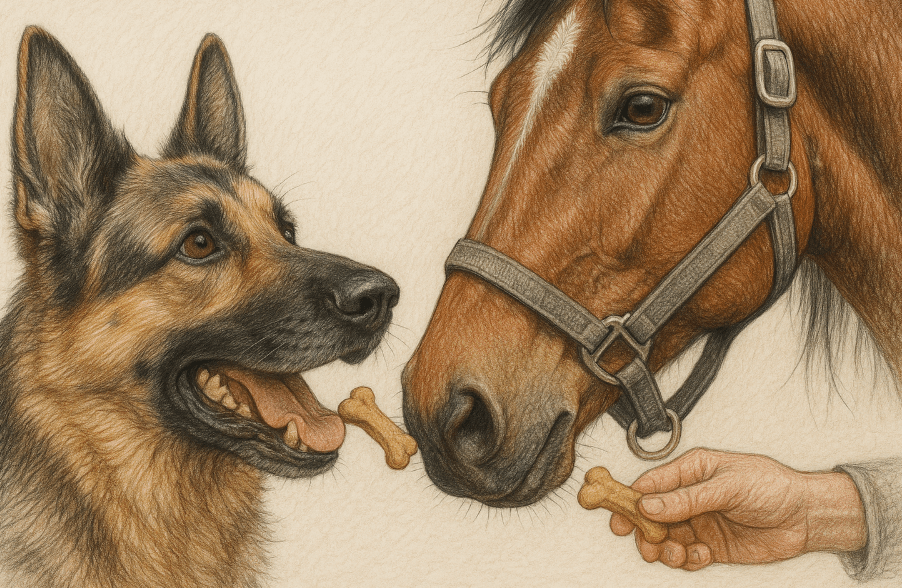
Safe Ingredients in Horse Treats for Dogs | Ingredients to Avoid in Horse Treats for Dogs |
|---|---|
Oats (plain, unsweetened) | Artificial sweeteners like xylitol |
Apples (seedless and diced) | Molasses or excessive sugar |
Carrots (chopped or grated) | Chocolate or cocoa powder |
Plain pumpkin puree | Nuts or seeds |
Whole grains (like barley or rice) | Dairy-based ingredients |
How to Safely Introduce Horse Treats to Your Dog
If you decide to give your dog horse treats, taking precautions ensures their safety and minimizes any adverse reactions. Follow these steps for a smooth introduction.
Check Ingredient Labels Carefully:
Look for simple, natural ingredients and avoid anything unfamiliar or potentially toxic to dogs.Start with Small Portions:
Offer a small piece first to observe how your dog reacts before giving larger amounts.Monitor for Allergies or Sensitivities:
Watch for signs of itching, swelling, or gastrointestinal upset after consumption.Limit Frequency:
Use horse treats sparingly—no more than once or twice a week—to prevent overconsumption of calories or problematic ingredients.Consult Your Veterinarian:
Seek professional advice if you’re unsure whether specific horse treats are appropriate for your dog’s unique needs.
By following these guidelines, you can safely incorporate horse treats into your dog’s diet without compromising their health.
Signs Your Dog May Not Tolerate Horse Treats
Even if a horse treat seems safe, individual dogs may react differently based on their sensitivities or underlying health conditions. Recognizing warning signs helps you act quickly if something goes wrong.
Upset Stomach:
Symptoms like vomiting, diarrhea, or excessive gas indicate digestive distress caused by the treat.Lethargy or Weakness:
A sudden lack of energy could signal an allergic reaction or toxicity from certain ingredients.Skin Irritations:
Redness, itching, or hives suggest an allergic response to one or more components in the treat.Difficulty Breathing:
Labored breathing or wheezing requires immediate veterinary attention, as it may indicate a severe reaction.Changes in Behavior:
Restlessness, pacing, or unusual aggression can point to discomfort or pain stemming from ingesting the treat.
Recognizing these signs early allows you to seek veterinary care promptly and prevent further complications.
Common Mistakes to Avoid When Feeding Horse Treats
Feeding horse treats to dogs requires thoughtfulness to avoid mistakes that could endanger their health. Here are some pitfalls to steer clear of.
Ignoring Ingredient Lists:
Failing to read labels thoroughly can result in exposing your dog to harmful substances like xylitol or chocolate.Overfeeding Treats:
Giving too many horse treats can lead to weight gain or nutrient imbalances in your dog’s diet.Assuming All Natural Ingredients Are Safe:
Just because an ingredient is natural doesn’t mean it’s suitable for dogs; always verify its compatibility.Neglecting Portion Sizes:
Feeding large chunks of horse treats poses a choking hazard, especially for smaller breeds.Skipping Veterinary Approval:
Bypassing professional advice increases the risk of feeding something unsuitable for your dog’s specific needs.
Avoiding these mistakes ensures a safer experience when introducing horse treats to your dog.
Healthier Alternatives to Horse Treats for Dogs
If you’re hesitant about feeding horse treats, plenty of dog-safe alternatives exist that cater to your pup’s cravings without the risks.
Homemade Dog Treats:
Recipes using peanut butter, pumpkin, and oats let you create nutritious snacks tailored to your dog’s tastes.Store-Bought Dog Snacks:
Commercially available dog treats undergo rigorous testing to ensure they meet canine dietary requirements.Fresh Fruits and Vegetables:
Sliced apples, blueberries, and carrots make excellent low-calorie treats packed with vitamins.Freeze-Dried Meat Chews:
These protein-rich options mimic the texture of horse treats while being fully safe for dogs.Dental Chews:
Designed to clean teeth and freshen breath, these chews double as a tasty reward for good behavior.
These alternatives allow you to spoil your dog responsibly while prioritizing their health.
Understanding Your Dog’s Nutritional Needs
Before introducing any new treats, including horse treats, it’s vital to understand your dog’s unique nutritional requirements. This knowledge helps you make smarter choices about their diet.
Age Considerations:
Puppies, adults, and senior dogs each have distinct dietary needs; adjust treats accordingly to support their stage of life.Weight Management:
Overweight dogs benefit from low-calorie treats, while underweight dogs may need higher-calorie options to maintain energy levels.Activity Levels:
Highly active dogs require more calories from treats compared to sedentary pets, who need lighter options.Food Allergies or Sensitivities:
Identify any known allergies or intolerances to avoid triggering adverse reactions with new treats.Balanced Diet Focus:
Treats should complement—not replace—a balanced diet, accounting for no more than 10% of daily caloric intake.
By tailoring treats to your dog’s needs, you ensure they stay healthy and satisfied.
Frequently Asked Questions About Dogs Eating Horse Treats
Are horse treats toxic to dogs?
Not all horse treats are toxic, but some contain ingredients like xylitol or chocolate that are dangerous for dogs.
Can puppies eat horse treats?
Puppies have sensitive digestive systems, so it’s best to avoid giving them horse treats altogether.
What should I do if my dog eats a harmful treat?
Contact your veterinarian immediately and monitor your dog for symptoms of illness or distress.
Are homemade horse treats safer for dogs?
Yes, homemade treats allow you to control the ingredients and exclude anything potentially harmful.
How often can I give my dog horse treats?
Limit horse treats to occasional use—once or twice a week at most—to avoid overfeeding or dietary imbalances.
Prioritizing Your Dog’s Health When It Comes to Horse Treats
Feeding horse treats to dogs can be a fun way to mix up their snack routine, but it’s important to approach this practice with caution. By understanding the potential risks, choosing safe options, and monitoring your dog’s reactions, you can ensure their well-being remains a top priority. Remember, your dog relies on you to make the best dietary choices for them—so always err on the side of safety. With careful consideration and moderation, you can indulge your pup’s curiosity while keeping them happy and healthy.
Cat Fever Treatment: Best 7 Expert Tips! Discover expert advice on identifying, managing, and treating fever in cats to ensure their quick recovery and well-being.
Understanding Meloxicam for Cats: Best 7 Expert Tips! Learn how to safely administer meloxicam, manage side effects, and ensure your cat's comfort with expert advice on feline pain relief.
Amoxicillin for Cat UTI: Best 7 Expert Tips! Discover safe usage, dosage guidelines, and expert advice on treating feline urinary tract infections effectively with amoxicillin.
Understanding Cat Cancer Treatment: Best 7 Expert Tips! Discover expert advice on managing feline cancer, from early detection to treatment options, ensuring your cat’s health and comfort.

